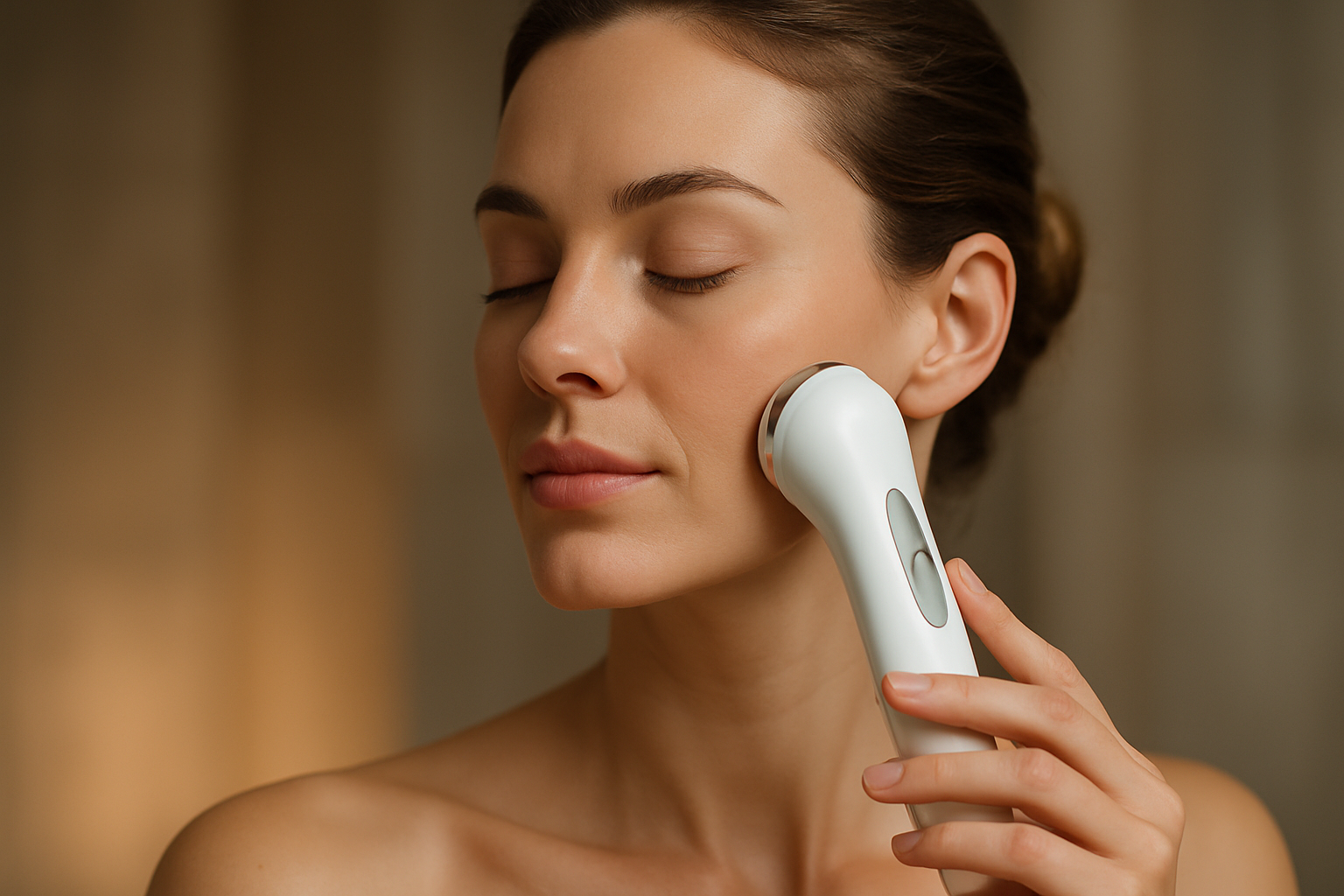Skincare Rituals: Ancient Wisdom in Modern Beauty
In the bustling world of beauty, where trends come and go at lightning speed, one aspect has remained constant throughout human history: the desire for healthy, radiant skin. This quest for skincare excellence is not a new phenomenon; it's deeply rooted in ancient traditions that span cultures and continents. From the milk baths of Cleopatra to the rice water rituals of geishas, skincare practices have been passed down through generations, evolving and adapting to modern needs. Today, we're witnessing a resurgence of interest in these time-honored techniques, as beauty enthusiasts and skincare aficionados alike seek to incorporate ancient wisdom into their daily routines. This blend of old and new is reshaping the beauty industry, offering a holistic approach to skin health that goes beyond surface-level treatments.

Meanwhile, in Asia, particularly in countries like Japan and Korea, skincare rituals were deeply intertwined with cultural practices and spiritual beliefs. The concept of beauty was holistic, encompassing physical, mental, and spiritual harmony. This philosophy gave rise to multi-step skincare routines that focused on gentle, consistent care rather than aggressive treatments.
Traditional Ingredients Making a Comeback
In recent years, there’s been a significant shift towards natural and organic skincare products, with many brands turning to traditional ingredients for inspiration. Ingredients that were once considered folklore remedies are now being scientifically studied and incorporated into high-end skincare lines.
One such ingredient is turmeric, a spice long used in Ayurvedic medicine for its anti-inflammatory and brightening properties. Modern research has confirmed its benefits, leading to a surge in turmeric-infused skincare products. Similarly, green tea, revered in Chinese medicine for centuries, has become a popular antioxidant in everything from serums to face masks.
The Rise of Gua Sha and Facial Massage
Among the ancient practices experiencing a revival, facial massage techniques like gua sha stand out. Originating in Traditional Chinese Medicine, gua sha involves using a smooth-edged tool to gently scrape the skin, promoting circulation and lymphatic drainage. This technique, once used primarily for medicinal purposes, has found new life in the beauty world as a natural alternative to invasive cosmetic procedures.
The popularity of gua sha and other facial massage techniques reflects a broader trend towards self-care and mindfulness in beauty routines. These practices not only offer physical benefits but also provide a moment of relaxation and self-reflection in our fast-paced lives.
Adapting Ancient Rituals for Modern Lifestyles
While the principles behind ancient skincare rituals remain relevant, their application has evolved to fit contemporary lifestyles. The traditional 10-step Korean skincare routine, for instance, has been streamlined and adapted for busy modern consumers who might not have the time for such an elaborate regimen every day.
This adaptation has led to the development of multi-functional products that incorporate multiple benefits in a single formulation. Essence-toners, for example, combine the hydrating properties of an essence with the balancing effects of a toner, simplifying skincare routines without sacrificing efficacy.
The Science Behind Traditional Practices
One of the most exciting developments in the revival of ancient skincare rituals is the scientific validation of traditional practices. Researchers are now studying the mechanisms behind these time-honored techniques, providing empirical evidence for their effectiveness.
For instance, studies on the benefits of facial acupuncture, a practice rooted in Traditional Chinese Medicine, have shown promising results in improving skin elasticity and reducing the appearance of wrinkles. This scientific backing has helped bridge the gap between ancient wisdom and modern skincare, making these practices more accessible and appealing to a wider audience.
Cultural Exchange and Global Beauty Trends
The resurgence of ancient skincare rituals has also fostered a greater appreciation for diverse beauty traditions. As consumers become more interested in global beauty practices, there’s been an increase in cross-cultural exchange within the beauty industry.
This exchange has led to innovative product formulations that blend ingredients and techniques from different parts of the world. For example, we’re now seeing products that combine Korean fermentation technology with Amazonian botanicals, offering a truly global approach to skincare.
Sustainability and Ethical Considerations
As we look to the past for skincare inspiration, there’s also a growing awareness of the need for sustainable and ethical practices in beauty. Many of the ancient rituals being revived emphasize using natural, locally-sourced ingredients and minimal packaging – principles that align well with modern eco-conscious values.
This shift towards sustainability is pushing the beauty industry to reevaluate its practices, from sourcing ingredients to packaging design. Brands are increasingly adopting zero-waste policies and developing refillable packaging options, drawing inspiration from the waste-minimizing practices of our ancestors.
The Future of Ancient Beauty Wisdom
As we continue to rediscover and reinterpret ancient skincare rituals, the future of beauty looks both back to our roots and forward to innovation. The integration of traditional practices with cutting-edge technology is creating a new paradigm in skincare – one that honors ancestral wisdom while embracing scientific advancements.
This holistic approach to beauty, which considers not just the skin but the whole person, is likely to shape the industry for years to come. As consumers become more educated and discerning, the demand for products and practices that offer both immediate results and long-term benefits will only grow.
In conclusion, the revival of ancient skincare rituals in modern beauty practices represents more than just a trend. It’s a recognition of the timeless wisdom embedded in these traditions and an acknowledgment that true beauty is about balance – between old and new, nature and science, inner well-being and outer radiance. As we continue to explore and adapt these time-honored practices, we’re not just improving our skin; we’re connecting with a rich heritage of self-care and holistic health that spans millennia.




